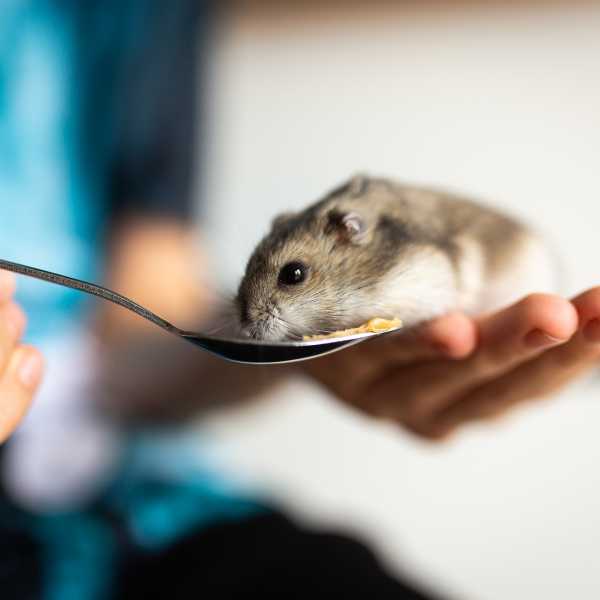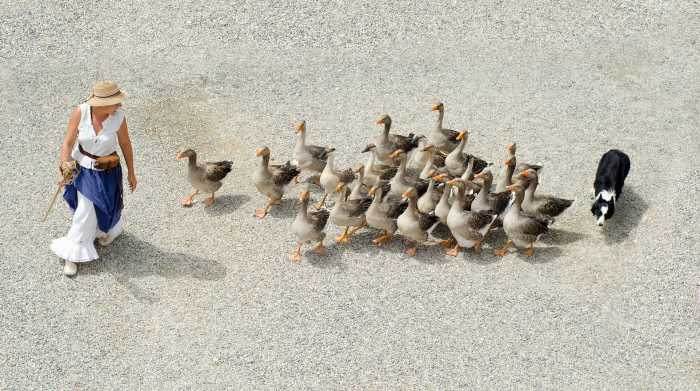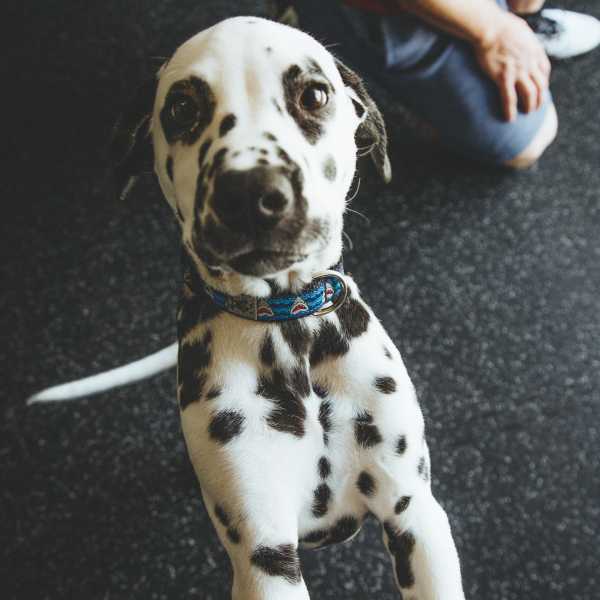
Dogtime - What Is The Working Dog Group?
Posted on 13 March, 2024

Image by Rudy and Peter Skitterians from Pixabay
Written by Beth Meadows for Dogtime
The Working Dog Group is one of seven breed categorizations recognized by the AKC, or the American Kennel Club. These dog breeds vary in their original purpose, as well as their look and size. However, the words “robust” and “headstrong” describe every dog featured in the group.
It may be the most diverse group of dogs in terms of where each of its breeds came from. This group consists of a total of 50 dog breeds with origins from the United States to Japan.
Among this group are also some of the most popular breeds of dogs. These include the Alaskan Malamute, Boxer, Doberman Pinscher, Rottweiler, and Great Dane. You can check out DogTime’s full list of Working Dogs here!
Here’s everything you need to know about the Working Dog Group.
What Is A Working Dog?
Humans originally bred dogs included in the Working Dog Group to perform services for people.
Since the working relationship between human and dog goes back further than any one breed, it’s hard to determine the exact relationship the category has with dogs. That requires a deeper assessment of each breed listed as a Working Dog by the AKC.
Tasks of Working Dogs include serving as rescue dogs, service animals, police dogs, and sled dogs, to name a few. Working Dogs generally grow large in stature and muscle mass, making them suitable for performing laborious tasks.
Up until 1983, Working Dogs and Herding Dogs shared the same AKC classification until they determined that the Working Group had simply become too large.
Is A Working Dog Right For You?
Dogs considered part of the “Working Group” designation generally do not make good pets for inexperienced dog parents. Because of their size and intelligence, their strength can pose issues for people who aren’t familiar with proper disciplinary measures for their pets.
This often leaves many working-class dogs abused, neglected, or even left in shelters while combating poor habits obtained through improper training. This is seen very often in the case of the Siberian Husky and Alaskan Malamute.
That being said, if you and your loved ones are up to the challenge — and have the patience — many of these dogs do make wonderful additions to homes and are even surprising fits for smaller living arrangements, such as the Great Dane.
We here at DogTime believe every dog is a good dog, so if you’re seriously considering one of these hardworking hounds as your next pet, speak with rescue groups and vets about the breed you’re looking into. They can tell you all about the habits and needs that a Working Dog will have to ensure you are the right fit for your fur baby.
Is your dog in the Working Dog Group? Do you think that category fits them well? Let Beth Meadows & Dogtime know in the comment section of their original article - https://dogtime.com/reference/71467-working-dog-group
Tags:



